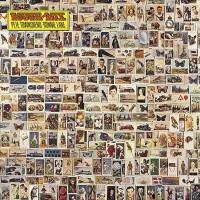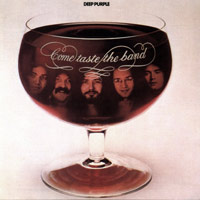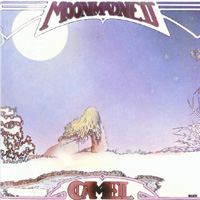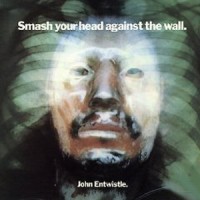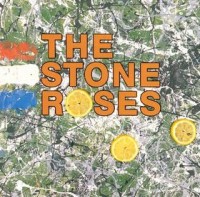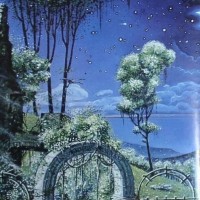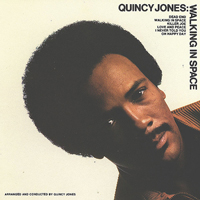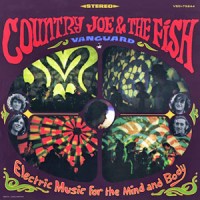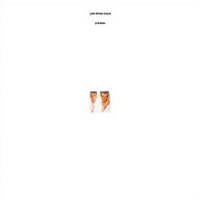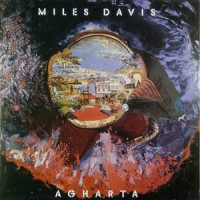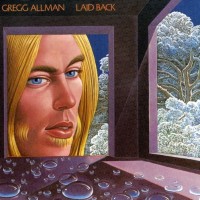
With The Allman Brothers Band tearing up the charts, it was probably only natural that Gregg Allman would have wanted to test his own capabilities by taking a stab at a solo career. Though he’d apparently started recording the album shortly after brother Duane’s death, it took more than two years for Allman to complete the effort. Produced by Johnny Sandlin, musically 1973’s “Laid Back” was a modest surprise in that it showcased a set that was far more diverse than his blues-rock repertoire with The Allman Brothers. In fact, anyone expecting to hear blistering, twin lead guitar Southern rock was going to be left scratching their heads. Mind you, Allman’s voice remained instantly recognizable, though his patented Hammond B3 organ was largely absent from the proceedings. And that’s where the similarities ended. While you couldn’t label this a pop album, it’s hard to imagine the Allman Brothers recording anything with intricate orchestral arrangements like ‘Multi-Colored Lady’ or ‘All My Friends’. Similarly, the upbeat cover of Oliver Sain’s ‘Don’t Mess Up A Good Thing’ was a far cry from The Allman Brothers patented driving rock genre. One other comment, with the exception of the Oliver Sain cover, virtually the entire set was soaked in a sense of loss and sadness.
Side one’s biggest surprise came in the form of Allman’s bouncy cover of Sain’s ‘Don’t Mess Up A Good Thing’. I’d be hard pressed to pick another song where he sounded as happy and pleased with himself. It would have made a great single.
The thought of Allman doing a Jackson Browne cover set off alarm bells in my head (damaged Southern rocker covers damaged West Coast singer/songwriter), but the concerns were unwarranted given Allman turned in a cover of These Days that was beautiful and aching and mournful slice of self-doubt and regret. The performance stood as a highlight across Allman’s entire career and simply beat the crap out of Browne’s own version.
Backed my strong reviews and an extensive American tour (documented for his next release), the album sold well, peaking at # 14 on the US charts. All told, probably still my favorite Allman solo venture. —Scott


